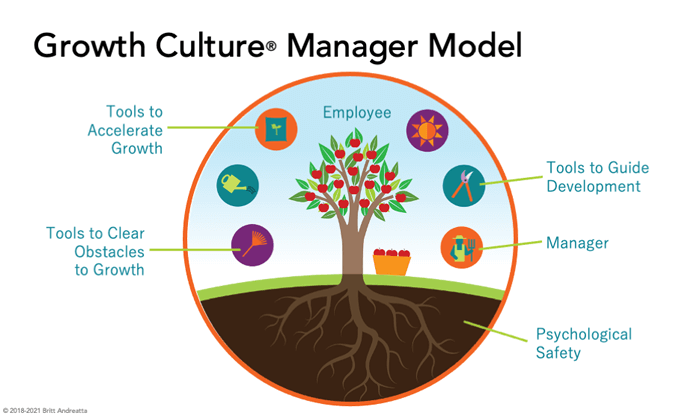This website uses cookies so that we can provide you with the best user experience possible. Cookie information is stored in your browser and performs functions such as recognising you when you return to our website and helping our team to understand which sections of the website you find most interesting and useful.
Creating a Culture of Learning: A New Model (1 of 3-part series)

You’ll find a lot of publications out there that talk about what a culture of learning is. Josh Bersin states that it is, “The collective set of organizational values, conventions, processes and practices that influence and encourage both individuals and the collective organization to continuously increase knowledge, competence and performance.”
The Corporate Executive Board defines it as, “A culture that supports an open mindset, an independent quest for knowledge and shared learning directed toward the mission and goals of the organization.”
What’s clear is that a learning culture goes far beyond the workshops and training programs hosted by the learning team. Those offerings are certainly a big part of the picture, but the real culture of learning lives in the beliefs and attitudes of its people around two key questions:
- How do we help people learn, grow, and improve?
- What do we do when people make a mistake or fail?
The truth is that learning and failing are inherently linked—you cannot have a positive and vibrant learning culture if you do not also have a culture that is safe for taking risks and making mistakes. Period.
In fact, Harvard Professor Dr. Amy Edmondson, has coined the term, “psychological safety,” and has found it is the key differentiator for creating high performing teams. She defines psychological safety as, ‘‘a belief that one will not be punished or humiliated for speaking up with ideas, questions, concerns or mistakes.” And Google’s global research found that it was what set their highest performing teams apart from the rest.
Both learning and failing are crucial to bring out the fullest potential of your people and your organization. Take a deeper look at your current culture of learning by asking yourself these questions:
- Do people admit when they don't know something or ask for help?
- What happens when someone makes a mistake or fails? Are they teased or shamed or are they encouraged to look at what happened and try again?
- Do people admit their mistakes and take responsibility for fixing them or do they blame others?
- When people make mistakes or challenge ideas, do they ultimately get sidelined, demoted or fired
- Do managers and leaders share stories of how they took risks or recovered from a failure?
As you can see, this aspect of your culture is crucial. All of the amazing training programs in the world won’t help if people don’t feel safe enough to stretch and grow.
A metaphor that I find useful is that of a tree. For a tree to thrive and grow into its fullest potential, it needs to be rooted in soil, and the quality of that soil determines what we see above the surface.
The soil represents how people are treated when they take risks and make mistakes. It’s the very foundation in which the success of your organization is rooted. To grow a healthy tree, you must start with good soil. If it’s sitting in toxic soil, it will never reach its full potential, no matter how much sunlight and water it receives.
Then you add things that nurture and accelerate growth like fertilizer, deep root watering, and pest control. All of these things happen “above ground” and are the elements that most people think of when they talk about a culture of learning—things like training events, leadership development programs and online learning resources. Those are all certainly important but it’s more than just the programs. Consider these questions:
- Do managers and leaders role model a commitment to their own learning and improvement?
- Are there learning programs available for every level of employee, from new hires to top executives?
- Is time for learning encouraged or seen as in addition to the “real” work?
- Do learning programs drive real behavior change and uplevel competency?
- When people show progress or improvement, is it recognized and rewarded?
In the middle, you have the tree itself, or an individual employee. They also play a vital role in the culture of learning because they bring their mindset, current skills, past experiences, their goals, and their purpose. Here are some good things to ask:
- What stage of career are people in?
- What level of skills do they currently have and what do they want to develop or hone?
- Do they hold a fixed or growth mindset?
- What is their purpose and how does it align with the mission and vision of the organization?
- What past experiences have they had, with both toxic environments and learning opportunities?
- Are they under a manager who has skill at creating a positive learning environment?

Together, all three pieces create the real culture of learning. What we need is a new model that incorporates all these critical elements into a cohesive whole. I’m pleased to introduce my Growth Culture Model. Learn more on this webinar.
My new course Creating a Culture of Learning, focuses on all of the key elements to build the best, most vibrant culture of learning possible. View it on LinkedIn Learning
Related Blogs
JOIN OUR COMMUNITY
Be the first to know of Dr. Britt Andreatta's latest news and research.






